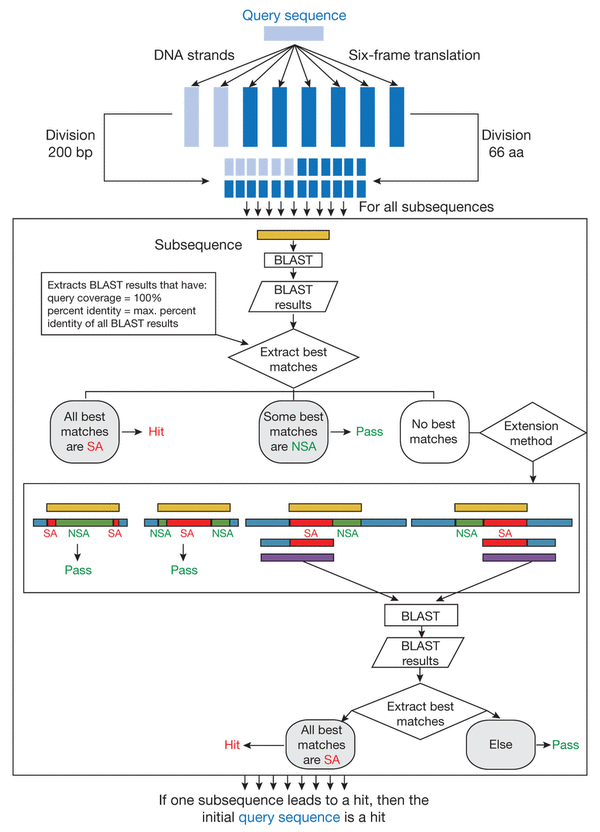From the Ideas Lab at the 2016 World Economic Forum at Davos to offering expertise at the 2016 World Economic Forum in Tanjin, China that is taking place from June 26 – 28, 2016.
Here’s more from a June 24, 2016 KAIST news release on EurekAlert,
Scientific and technological breakthroughs are more important than ever as a key agent to drive social, economic, and political changes and advancements in today’s world. The World Economic Forum (WEF), an international organization that provides one of the broadest engagement platforms to address issues of major concern to the global community, will discuss the effects of these breakthroughs at its 10th Annual Meeting of the New Champions, a.k.a., the Summer Davos Forum, in Tianjin, China, June 26-28, 2016.
Three professors from the Korea Advanced Institute of Science and Technology (KAIST) will join the Annual Meeting and offer their expertise in the fields of biotechnology, artificial intelligence, and robotics to explore the conference theme, “The Fourth Industrial Revolution and Its Transformational Impact.” The Fourth Industrial Revolution, a term coined by WEF founder, Klaus Schwab, is characterized by a range of new technologies that fuse the physical, digital, and biological worlds, such as the Internet of Things, cloud computing, and automation.
Distinguished Professor Sang Yup Lee of the Chemical and Biomolecular Engineering Department will speak at the Experts Reception to be held on June 25, 2016 on the topic of “The Summer Davos Forum and Science and Technology in Asia.” On June 27, 2016, he will participate in two separate discussion sessions.
In the first session entitled “What If Drugs Are Printed from the Internet?” Professor Lee will discuss the future of medicine being impacted by advancements in biotechnology and 3D printing technology with Nita A. Farahany, a Duke University professor, under the moderation of Clare Matterson, the Director of Strategy at Wellcome Trust in the United Kingdom. The discussants will note recent developments made in the way patients receive their medicine, for example, downloading drugs directly from the internet and the production of yeast strains to make opioids for pain treatment through systems metabolic engineering, and predicting how these emerging technologies will transform the landscape of the pharmaceutical industry in the years to come.
In the second session, “Lessons for Life,” Professor Lee will talk about how to nurture life-long learning and creativity to support personal and professional growth necessary in an era of the new industrial revolution.
During the Annual Meeting, Professors Jong-Hwan Kim of the Electrical Engineering School and David Hyunchul Shim of the Aerospace Department will host, together with researchers from Carnegie Mellon University and AnthroTronix, an engineering research and development company, a technological exhibition on robotics. Professor Kim, the founder of the internally renowned Robot World Cup, will showcase his humanoid micro-robots that play soccer, displaying their various cutting-edge technologies such as imaging processing, artificial intelligence, walking, and balancing. Professor Shim will present a human-like robotic piloting system, PIBOT, which autonomously operates a simulated flight program, grabbing control sticks and guiding an airplane from take offs to landings.
In addition, the two professors will join Professor Lee, who is also a moderator, to host a KAIST-led session on June 26, 2016, entitled “Science in Depth: From Deep Learning to Autonomous Machines.” Professors Kim and Shim will explore new opportunities and challenges in their fields from machine learning to autonomous robotics including unmanned vehicles and drones.
Since 2011, KAIST has been participating in the World Economic Forum’s two flagship conferences, the January and June Davos Forums, to introduce outstanding talents, share their latest research achievements, and interact with global leaders.
KAIST President Steve Kang said, “It is important for KAIST to be involved in global talks that identify issues critical to humanity and seek answers to solve them, where our skills and knowledge in science and technology could play a meaningful role. The Annual Meeting in China will become another venue to accomplish this.”
I mentioned KAIST and the Ideas Lab at the 2016 Davos meeting in this Nov. 20, 2015 posting and was able to clear up my (and possible other people’s) confusion as to what the Fourth Industrial revolution might be in my Dec. 3, 2015 posting.
